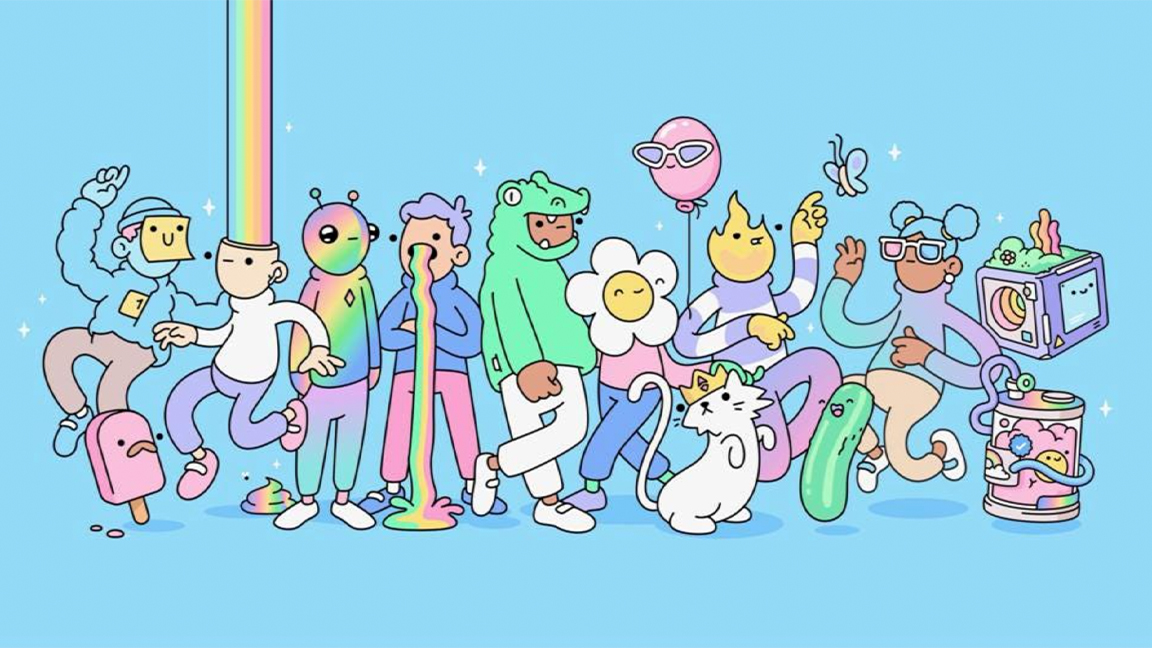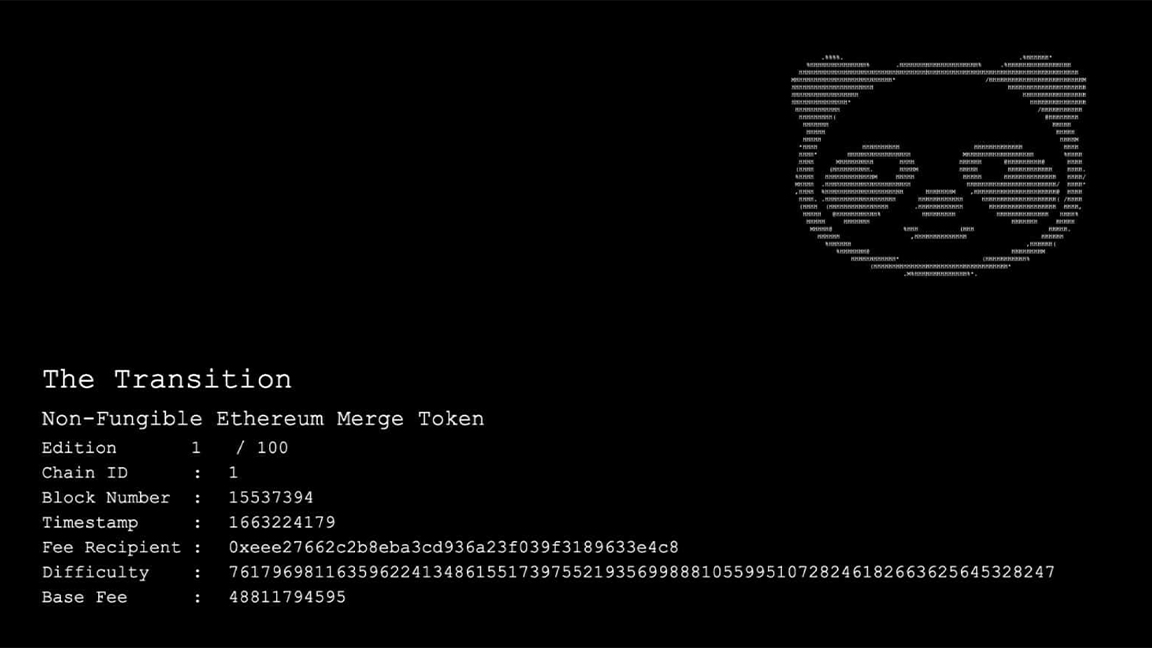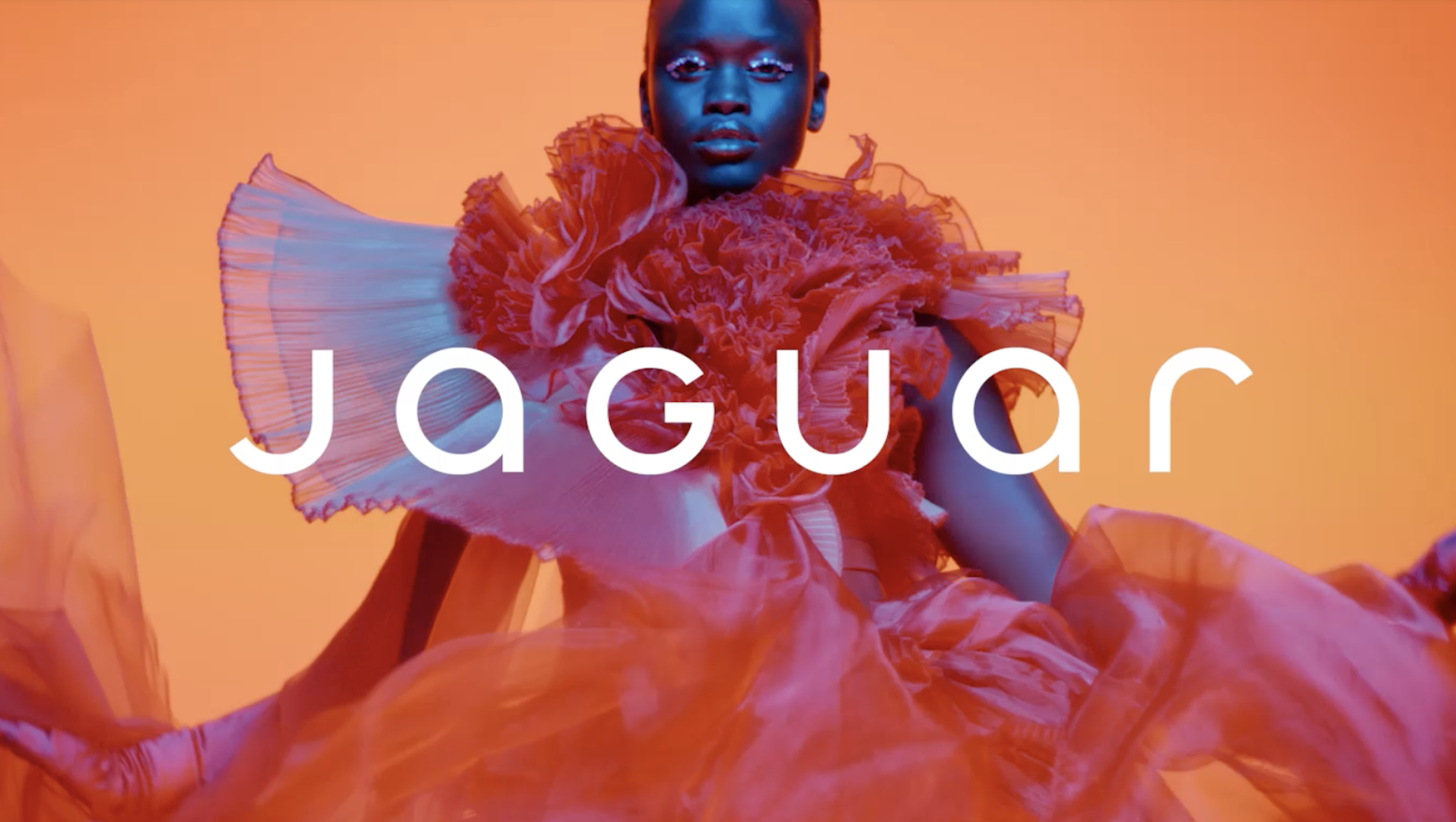
The Ethereum merge has finally happened and it could be the single biggest change to how we create and use NFTs, ever. So what is the merge and why does it matter that Ethereum has changed from proof-of-work to proof-of-stake? Bluntly, because it means NFTs are finally going green.
Ethereum is the NFT world's most popular cryptocurrency but has always been plagued by its high energy costs, which became a major reason why some dislike non-funigible tokens. To catch-up on 'What are NFTs?' read our guide and also take a look at our NFT crypto feature to find out more about Ethereum.
The Ethereum merge is the biggest and most important software update to happen in decades because it drastically reduces the energy used to create and register an NFT on the blockchain. The energy expensive proof-of-work setup – that demands lots of decentralised power to process transactions due to a direct link miners – has been replaced by a more efficient system that uses collections of the token stored in 'staking wallets', with those contributing earning as much as 5.2 per cent for taking part.
But it's the decrease in energy consumption that matters as it drastically reduces Ethereum's carbon footprint. According to Ethereum researcher Justin Ðrake, "the merge will reduce worldwide electricity consumption by 0.2%". It's been suggested Ethereum's energy use will be cut by between 90 and 99 per cent.
And we finalized!Happy merge all. This is a big moment for the Ethereum ecosystem. Everyone who helped make the merge happen should feel very proud today.September 15, 2022
The decrease in energy consumption takes one criticism of NFTs off the table, which in turn could see Ethereum once again become the most used blockchain for non-fungible tokens. In recent months more eco-friendly crypto such as Solana and Polygon have become more popular, for example NFT marketplace Magic Eden's use has jumped in popularity because it's the largest Solana platform.
What the Ethereum merge doesn't mean is cheaper gas fees – the cost you're charged to register an NFT on the blockchain. This has been a major issue for Ethereum in recent months and doesn't look like going away. It's one reason why those who embraced Solana, for example Okay Bears, may double-down on support for this newer crypto and continue to shun Ethereum.
Case in point, the first NFT created on the post-merge Ethereum is below. Called 'The Transition' and cost 36 ETH, about $60K at current rates, and proves a couple of things, NFTs can be an acquired taste and the cost of minting on Ethereum isn't getting any cheaper.
Daily design news, reviews, how-tos and more, as picked by the editors.

If you're already using Ethereum and hold NFTs created on the blockchain, don't worry. As you can read in OpenSea's message on Twitter all current NFTs held in your crypto wallet are safe and sound. OpenSea is the largest NFT marketplace around and has also stated that post-merge it will now only support proof-of-stake NFTs, so your guaranteed all non-fungible tokens from now on are low-cost energy.
The Ethereum merge feels like a line being drawn in the sand, the moment NFTs have grown up. There are still fights ahead for NFTs, including looking at decoupling non-fungible tokens from the vagaries of market forces and for projects to break away from a focus on digital art – read my feature on NFT art and the future of nfts to discover more of what can be done.
Read more:
- These are the best NFT games
- The best NFT art generators
- How to show off your NFTs: The best NFT displays

Ian Dean is Editor, Digital Arts & 3D at Creative Bloq, and the former editor of many leading magazines. These titles included ImagineFX, 3D World and video game titles Play and Official PlayStation Magazine. Ian launched Xbox magazine X360 and edited PlayStation World. For Creative Bloq, Ian combines his experiences to bring the latest news on digital art, VFX and video games and tech, and in his spare time he doodles in Procreate, ArtRage, and Rebelle while finding time to play Xbox and PS5.
